Dry and High: The boom in 0% drinks in Ireland
Non-alcoholic drinks are far from a new concept in the Irish market.
30 years ago Billy Connolly was starring in adverts for Kaliber – the non-alcoholic lager brewed by Guinness.
However the market failed to develop far beyond that – and until a few years ago most pubs and off-licences would have had, at best, one or two options to those looking.
But now that’s changing.
“I spent a long time in the alcohol market; wines, beers, spirits – particularly craft beer – and work with Anheuser-Busch as European sales director for craft and speciality,” said Stephen Dillion, founder and managing director of RTM Beverages.
It’s set up Ireland’s first dedicated, non-alcoholic brewery –Quiet Noise – in Drogheda, in what was once a car showroom.
“I was aware from reading industry reports and emerging trends that there was a growing opportunity in alcohol free, particularly with the younger generation who seem to be drinking an awful lot less than their parents.”
That’s backed up by research by industry body Drinks Ireland.
“Beer, for example, in the period from 2017 to 2021, we’ve seen a three-fold increase in the volume of sales,” said Cormac Healy, director of Drinks Ireland, which is part of Ibec. “I think it’s part of an overall trend in moderation and balance.
“We’re also seeing a change in attitude and approach of younger generations – Gen Z and younger millennials towards alcohol. Yes they do drink, but I think they have a different relationship with it – alcohol and drinking isn’t the centre of everything they do.”
But it’s not just Gen Z that’s leading the way on this – the movement towards zero percent alcohol is far broader than that.
“We get a wide variety of clientele coming in, and different age groups,” said Vaughan Yates, who attracted international attention when he opened Ireland’s fist non-alcoholic cocktail bar – The Virgin Mary – on Dublin’s Capel Street four years ago.
“At the time, it was around 25% of the Irish population that didn’t drink alcohol – that’s adult population, so it’s quite a lot.”
“Then we also thought, actually, we’re also open for a lot of people who maybe do drink but chose not to at that particular moment and want somewhere to go to; especially women who maybe want to go somewhere safe,” said Vaughan.
At Quiet Noise, meanwhile, they’re eyeing another type of drinker altogether.
“Consumers, probably middle aged men who enjoy craft beers but are conscious of their health,” said Stephen Dillon. “You’ve an aging population who are aware of the health impact of alcohol, and they’re asking themselves ‘should I be cutting back, is this good for me?’
“And they’re getting involved in more positive, sporting activities and alcohol isn’t conducive to getting up the next day and going for a cycle.”
This growing demand for non-alcoholic drinks has led to an explosion in the number of options on the market.
That includes craft operations like Quiet Noise and English spirits firm Lyres, all the way to well-established drinks brands like Guinness, Heineken and Gordons Gin.
And as the rules around alcohol grow ever tighter – it gives a growing edge to zero percent equivalents.
Unlike alcoholic drinks, they don’t have to be segregated away in shops.
That means they’re now less likely to be hidden away on a dusty shelf, but instead given pride-of-place in a shop’s beverage section.
In addition to that, sellers don’t need a licence – making online retail and international sales particularly easy.
The rules around advertising are looser too – though the Advertising Standards Authority for Ireland code still sets out a number of limitations – including a ban on the targeting under 18s.
And, as there’s no alcohol inside, excise duties and minimum unit pricing do not apply – though consumers may find that their non-alcoholic beer or cocktail isn’t any cheaper at the bar
“It’s down to the fact that producers are small – they’re only producing small quantities,” said Vaughan Yates. “They’re often harder to produce because alcohol is a flavour amplifier, so you’ve got to look at amplifying flavour without just putting sugar in there.”
The drinks are often distilled or brewed normally, with an extra step required to remove the alcohol.
And as there’s no alcohol inside their shelf life is impacted – with a pasteurisation process potentially required to avoid spoiling.
“It’s actually harder to make than just making an alcohol-based product,” he said. “So their cost-per-unit is so much higher.”
Regardless of that, price doesn’t seem to be a deterrent for the growing number of consumers here.
Those in the industry think there is a lot more growth to come, too.
“We’ve seen that the share of 0.0 alcohol beers rise from about 0.4% to now probably 1.5% to 2%,” said Cormac Healy. “We see markets like Germany and Spain, where the market share of 0.0 has risen to 10% or 12%.
“I think that’s a trend we expect to see developing in the years ahead.”
Article Source: Dry and High: The boom in 0% drinks in Ireland – Adam Maguire – RTE
